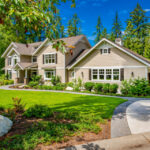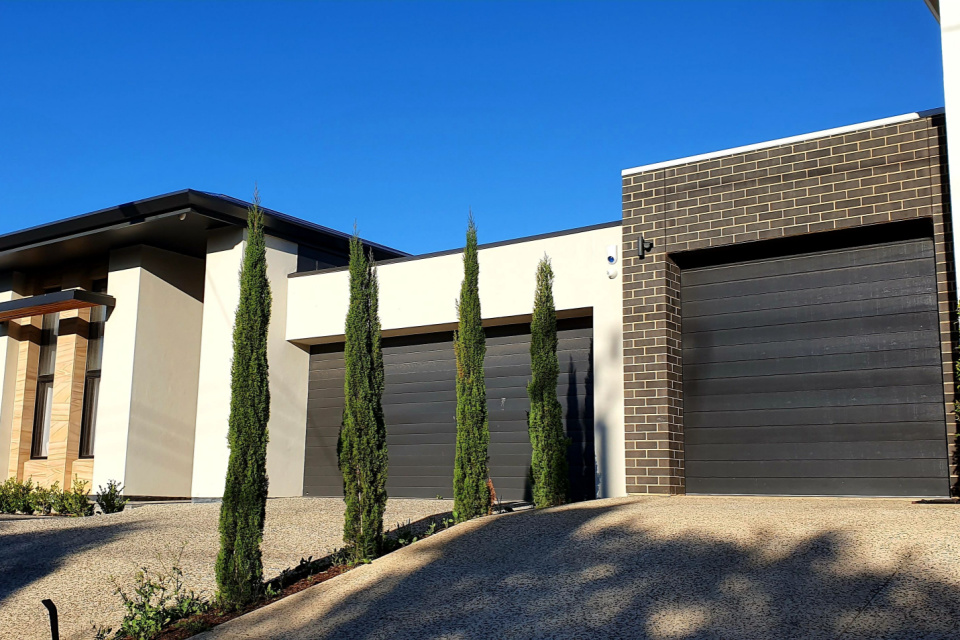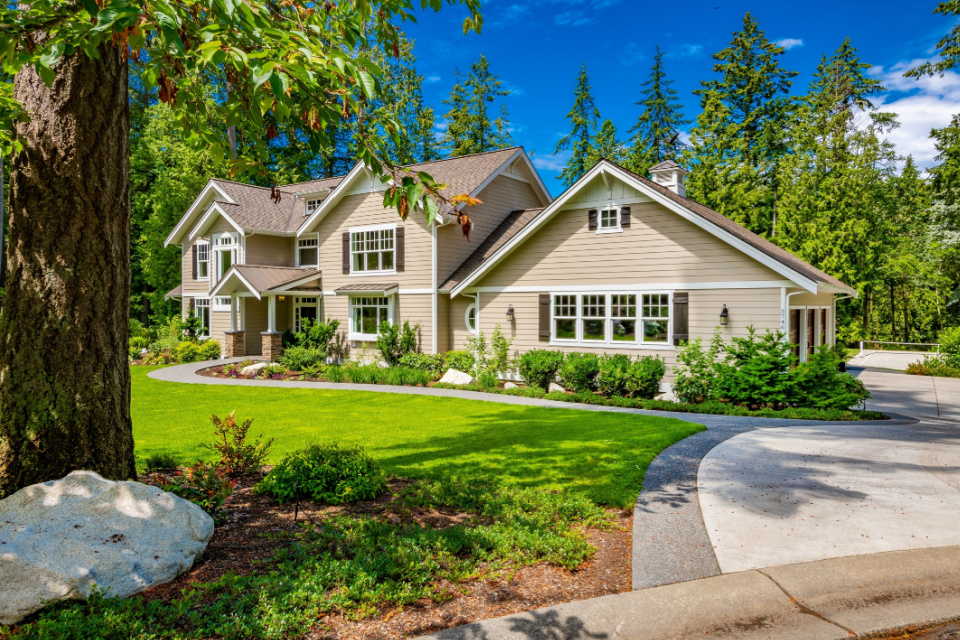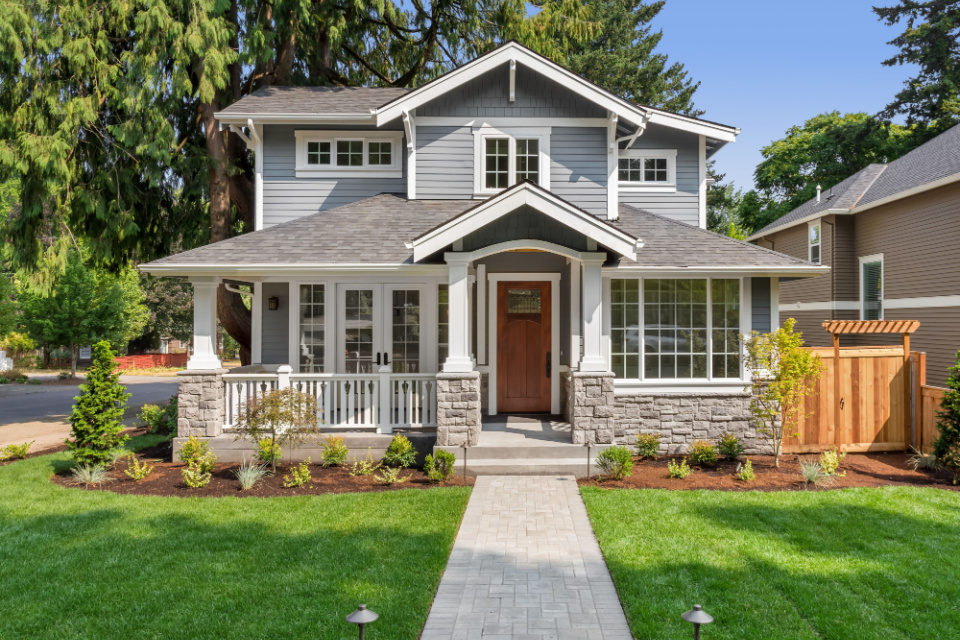
Unique Architectural Details From Climate And Geographical Challenges
11/15/2023
Explore Details and Enjoy Unique Design
11/15/2023Brisbane is the capital of the Australian state of Queensland, known for its pleasant climate and unique blend of cultures. In urban development, the selection of suitable building materials is a core aspect in ensuring structural sustainability. This article takes an in-depth look at commonly used building materials in Brisbane, highlighting local natural resources and sustainable building trends. The focus is on favoring environmentally friendly materials.
Timber is widely used in construction in Brisbane and is a popular building material. In addition to structural elements, it is widely used in interior design and interior design. Australia is rich in forest resources, and the use of wood reflects the responsible use of local natural resources.
The sustainability of wood is one of the reasons why it is so popular in Brisbane construction. Architects often select wood from sustainably managed forests to ensure that harvest volumes do not exceed the tree’s regeneration rate. This sustainable forest management helps maintain ecological balance while adding a natural element to the building.
In addition, Brisbane’s buildings often use timber to create spacious balconies and intricate carvings, showcasing Queensland’s unique architectural style and providing improved ventilation to cope with the region’s hot summer climate.
Concrete plays a central role in Brisbane’s construction. Due to its excellent stability and adaptability to humid climates, it is widely used in building structures and foundations. In coastal areas, architects tend to use high-strength, corrosion-resistant concrete to withstand the challenges of humid environments.
It’s worth noting that Brisbane architects are also focusing on sustainability when using concrete. We strive to reduce the carbon footprint of concrete by incorporating recycled aggregate and using slag cement. This trend coincides with growing interest in sustainable construction at the local level, highlighting a preference for environmentally friendly materials.
Metal materials also play an important role in Brisbane’s architectural design. Aluminum, steel and galvanized steel are widely used for the decoration of facades, roofs and structural supports. Not only do these metal materials have a modern aesthetic, they are also weatherproof and can withstand Brisbane’s monsoons and high temperatures.
The malleability of this metal makes it ideal for architects who want to create unique designs. By bending and cutting metal, the buildings take on unique shapes and lines that enrich the city’s architectural landscape.
Brisbane’s climate makes building energy efficiency increasingly important. Environmentally friendly glass is an important tool for improving building energy efficiency. This type of glass has heat-insulating, noise-absorbing and UV-reflecting properties, helping to maintain indoor temperature and comfort.
Additionally, environmentally friendly glass supports natural light. By taking full advantage of natural light sources, buildings can reduce their reliance on artificial lighting and reduce energy consumption. This is consistent with Brisbane’s preference for sustainable construction and energy-saving practices.
With growing concerns about climate change and environmental protection, Brisbane’s construction industry is moving towards more sustainable development. Architects and designers are paying more attention to selecting materials that have minimal environmental impact, with the aim of reducing environmental costs throughout the building’s life cycle.
The concept of sustainable building is becoming increasingly popular in Brisbane. With renewable energy, rainwater collection systems, green roofs and other designs, buildings can better adapt to local climate and geographical conditions. In addition, the recycling and reuse of construction waste has become an important part of sustainable construction.
Brisbane’s building materials reflect the wise use of natural resources and a strong commitment to sustainability. The expert use of timber, concrete, metal and environmentally friendly glass demonstrates that Brisbane’s architecture is both modern and environmentally friendly. As understanding of sustainable building principles continues to grow, Brisbane is likely to continue to be at the forefront of architectural innovation and set an example for future sustainable urban development.





